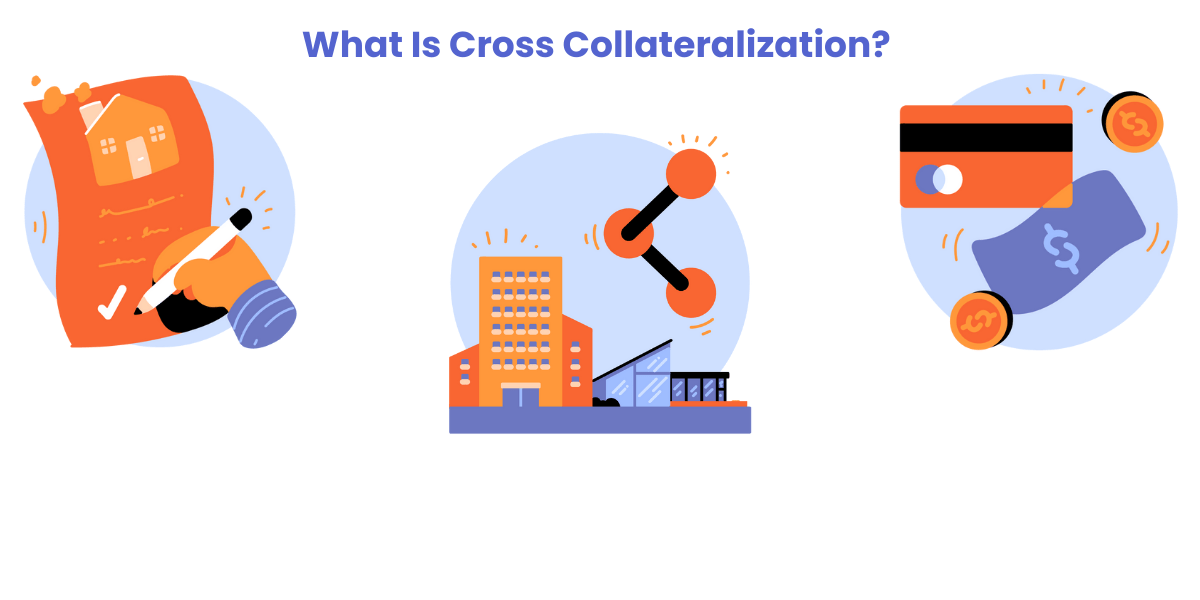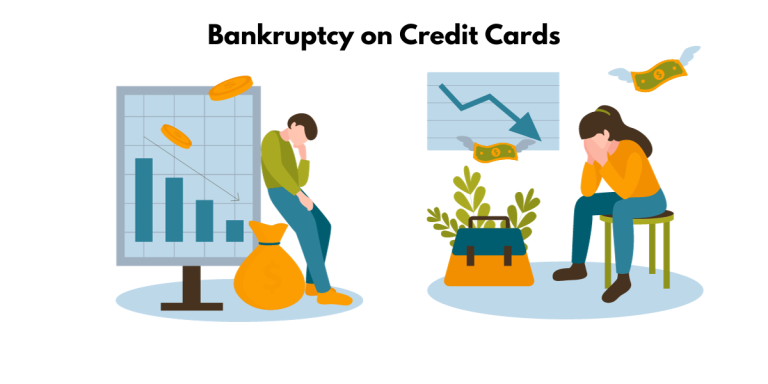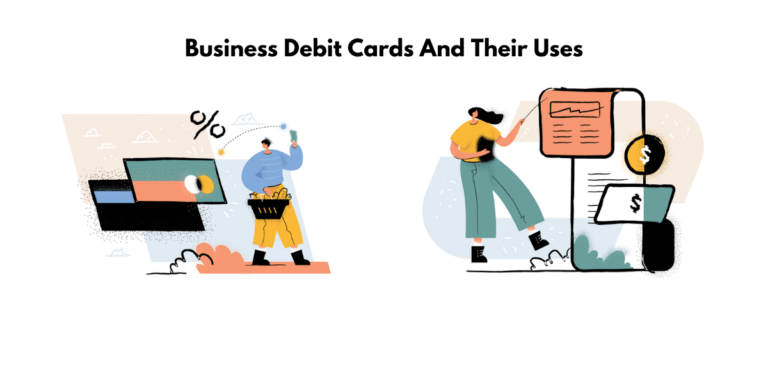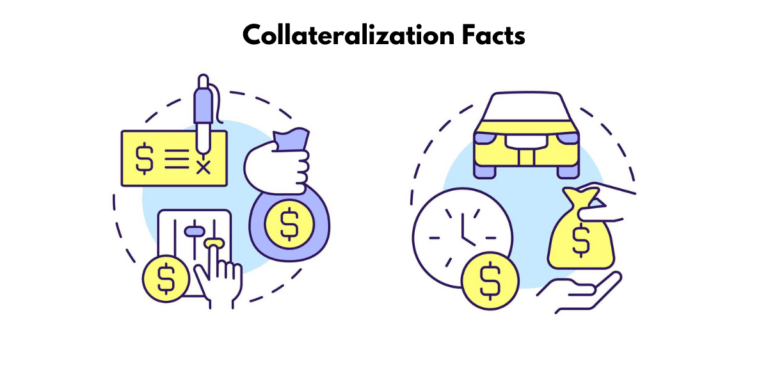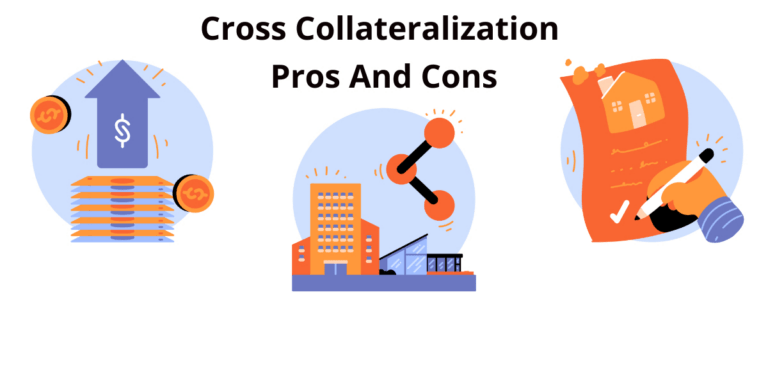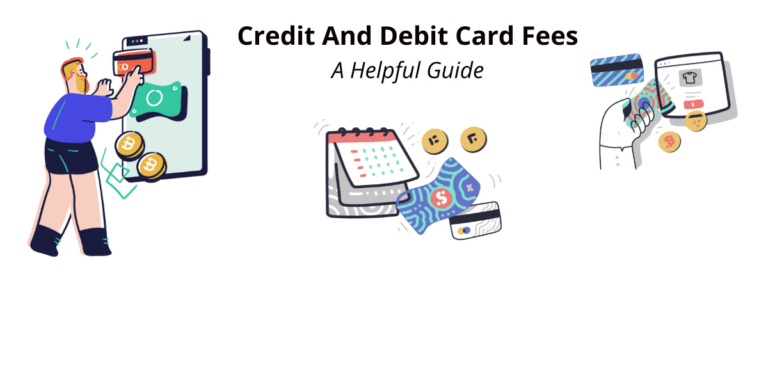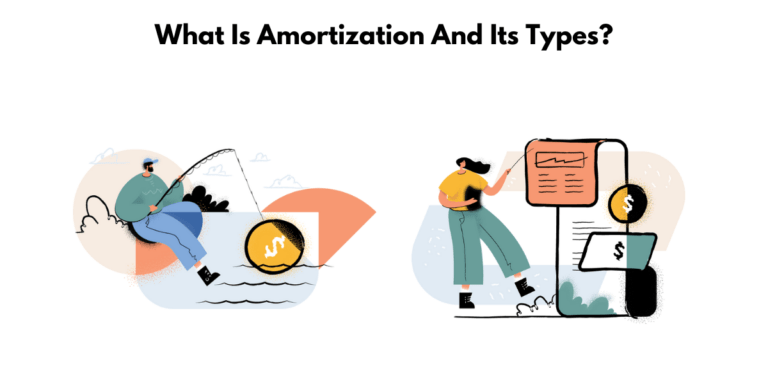Cross Collateralization: A New Method To Reduce Risk And Increase Profits
Cross Collateralization
Cross collateralization is a relatively new term in the world of secured loans. It is similar to collateralized loans, but with one key difference: the personal assets used as security for the loan are spread across multiple loans. This means that if you default on one loan, the loan specialists have the legal right to seize any or all of the other assets used as security for those loans.
In essence, cross collateralization is when a lender agrees to take multiple assets as collateral for a single loan. If the borrower defaults on the loan, the lender has the right to seize and liquidate any or all of those assets to recoup its debt. This practice can be helpful for businesses that want to reduce their risk exposure and increase their profits.
When you take out a loan, the lender may ask for collateral. This is an asset that the borrower pledges to the lender to ensure loan repayment. If the borrower fails to repay the loan, the lender can seize and sell the collateral to repay the debt.
However, lenders are often hesitant to lend money when there is no existing collateral. This is where cross collateralization comes in. The borrower pledges more than one asset as collateral for a new loan with cross collateralization. This way, the lender has more security if the borrower fails to repay the loan.
When signing a loan agreement, it’s important to understand every term in the document. One such term is cross collateralization. If your loan is cross collateralized, there will be a cross collateralization clause in the fine print of your loan agreement. This primer on cross collateralization can help you better understand the terms of your loan and the importance of reading all the fine print before you sign on the dotted line.
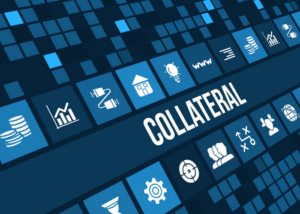
What Is a Cross Collateral Loan?
Cross collateralization is the process of using one set of assets to secure multiple loans. This can be done with different types of assets but is most commonly used with real estate. Cross collateralization can be a way for businesses to reduce their risk and increase their profits. By pooling their assets together, they can spread the risk among multiple loans and receive more favorable terms on each loan.
A cross collateralization clause is a legal agreement between two or more parties that stipulates that if one party defaults on a loan, the other party has the right to seize assets used as collateral for the original loan. This type of clause is common in lending agreements and is meant to reduce the risk for the lender. Additionally, the lender can increase its profits by pooling multiple loans together.
Cross collateralization could be, for example, using your car as collateral for a loan to buy a house and then using the house as collateral for a loan to buy a car. If you stop making payments on any of these loans, the lender can seize all assets used as collateral. This increases the borrower’s risk and allows the lender to charge a higher interest rate.
This can be beneficial for the borrower because it can reduce the risk associated with the loan. In addition, it can also increase profits because the lender may be more willing to offer a lower interest rate.
In short, it is a method of reducing risk. Using this technique, the lender can reduce its exposure to loss if one of the loans goes into default. In addition, Cross collateralization can also increase profits for the lender, as it will have a larger pool of assets from which to collect payments.
When you’re an investor who owns multiple rental properties and is looking for construction financing, the lender may ask for one or more of your other properties to be used as collateral. This is known as a cross collateral loan. In essence, it allows the lender to seize any property if you default on your loan. So, if you’re thinking about taking out a construction loan, make sure you understand how cross collateralization works and whether it’s right for you.
How Cross Collateralization Works
Cross collateralization is a term used in finance and banking when one asset is used as security for another. There are two types of cross collateralization: primary and secondary. In primary cross collateralization, the first asset pledged as security is also the one that is liquid cash or sold to repay the debt in case of default. In secondary cross collateralization, the second asset pledged as security can be liquidated instead to repay the debt in case of default.
Cross collateralization is a term used in both primary and secondary senses. In the immediate sense, it refers to using one’s assets as security for a loan or other obligation. For example, this can be done by pledging the assets to the lender or creating a security interest in the assets. In the secondary sense, cross collateralization refers to using the assets of others as security for a loan or other obligation. For example, a company may use its accounts receivable as collateral for a loan from a bank.
On the other hand, cross collateralization is a legal process where the creditor uses your asset as security for the debt. If you default on the loan, they can seize that asset to repay the money you owe. This can help prevent debt defaults, but it’s important to be aware of risks. For example, if the value of the collateralized asset falls below what you owe on a loan, you could lose that asset entirely.
In short, cross collateralization is a process where one asset is used as collateral for more than one loan. So, for example, if you have a car that you use as collateral for a loan from Bank A and then take out a second loan from Bank B using the same car as collateral, that would be an instance of cross collateralization. This can help reduce the risk for lenders and increase profits for borrowers.
Cross Collateralization vs. Collateralized Loans
There are two main types of small business financing- unsecured and collateralized. Unsecured financing is when a business can access capital without using an asset as collateral. This type of loan is typically more difficult to get because the lender has no guarantee that they will be repaid. On the other hand, collateralized loans are always tied to an asset. This means that if the borrower fails to repay the loan, the lender can take possession of the asset.
In short, cross collateralization is when one security becomes security for multiple loans. The term usually refers to a financial arrangement in which a lender will allow a borrower to use all or some of the assets of a particular loan as collateral on another loan with the same lender. However, cross collateralization has limitations, which means you need the borrower’s consent before lenders can use your property as security for a loan.
In the case of a real estate loan, a cross collateralization lender may place a lien on one or more of the borrower’s assets as security for a new commercial loan. This means that if the borrower defaults on the new loan, the lender has recourse to sell the asset and repay itself from the proceeds. When two or more lenders have liens on a single property, one lender becomes the first lien holder, while the other lenders become second and subsequent lien holders. The order of priority is important because it determines which lender will get paid first in a sale.
Cross collateralization is when different loans are combined to create a single loan. The purpose of this is to provide the lender with a stronger position by decreasing the risk associated with any one particular loan. It also allows the lender to offer better terms since it has more security. Collateralized loans are loans that have been divided into pieces, typically based on the borrower’s credit scores. This protects both the lender and the borrower if one or more pieces go into default.
On the plus side, cross collateralization offers increased liquidity and easier access to funds. This is because the lender can seize any borrower’s assets used as collateral for any loans. But, conversely, this also increases the risk of default by the borrower. If there is a default on one loan, it can have a domino effect on all other loans, leading to lost money for those who invest in the collateralized loan scheme.
Pros of Cross Collateralization
Cross collateralization is a financial strategy that can reduce risk and increase profits. It involves the use of multiple assets as collateral for a single loan. This can provide financing for those who would not normally be approved for a loan, and it can also allow investors to leverage their existing assets.
Cross collateralization is a term that is often used in the world of investments, and it refers to the practice of using one security as collateral for another. This can be helpful for seasoned investors who want to finance multiple deals at once, as it can reduce their overall risk. Additionally, cross collateralization can be beneficial for businesses in some ways. For example, it can help protect them from financial instability and borrow money at a lower interest rate.
Cross collateralization is a lending practice that helps reduce the risk of debt defaults and increase the chances of successful repayment. This technique also enhances liquidity by providing multiple funding sources to a business at once. As a result, businesses can enjoy increased profits and reduced risk.
Overall, cross collateralization can be a great way for businesses to improve their financial performance. By increasing working capital and reducing borrowing costs, businesses can see a significant increase in profits.
Cons of Cross Collateralization
Cross collateralization is a process in which multiple assets are used as collateral for a single loan. This can be advantageous for companies and investors, reducing the risk of loss and increasing profits. However, there are also some potential cons to cross collateralization that should be considered. One such con is that it increases the risk of losing assets if one of the underlying investments goes bad. Investors can prepare for this by planning “what if” scenarios.
On the other hand, when investors use multiple assets to secure a loan, they are at an even higher risk of loss if they fall behind on payments. This is because the lender can seize any or all of the assets used as collateral if the borrower fails to make payments. As a result, investors may not be able to recover their losses.
Cross collateralization is a powerful risk management technique that can protect investors from downside risks. By preparing for “what if” scenarios, investors can reduce the potential cons of cross collateralization and maximize their profits.
Is Cross Collateralization Worth It?
When you enter into a cross collateralization agreement with another party, you essentially agree to use the assets of one loan as collateral for another. This can be a great way to reduce risk and increase profits, but it is important to consider the interest cost in any additional loans you take out when making this decision.
Cross collateralization is a relatively new technique businesses use to reduce their risk and increase their profits. It entails the use of multiple assets as collateral for a single loan. This can be beneficial for companies because it minimizes their exposure to risk if one of their assets fails. However, there are risks associated with cross collateralization, such as the possibility of losing all of your assets if you default on the loan.
How Does Cross Collateralization Affect a Bankruptcy?
Cross collateralization is a legal agreement between two or more businesses. The businesses agree to use their assets as collateral for loans taken out by any business. This can be used as a risk management tool and help reduce losses if one of the businesses goes bankrupt. However, it can also complicate bankruptcy and make it more difficult to repay secured debt.
When a company files for bankruptcy, its unsecured debts are generally discharged. This means that the company is no longer liable to repay those debts. Secured debts, such as mortgages and car loans, are not dischargeable in bankruptcy. Cross collateralization is the new method banks use to reduce risk and increase profits. By cross collateralizing their loans, the bank can make it more difficult for the borrower to declare bankruptcy. This allows the bank to recover some of its losses if the borrower declares bankruptcy.
Cross collateralization is a term used in finance to take unsecured debts and convert them into secured debts. Doing this allows the company to reduce its risk and increase its profits. However, the bankruptcy trustee seizes the cross collateralized assets to repay the creditors when a company goes bankrupt.
When a company files for bankruptcy, it can use cross collateralization to reduce the risk of losing its collateral. If a company wants to keep the collateral, it must agree to pay back the loan; otherwise, it can discharge it in bankruptcy, but it must return the collateral. Cross collateralization also allows companies to increase their profits using the same collateral for multiple loans.
Should You Use a Cross Collateralized Loan for Your Business?
Cross collateralization is a term used in lending. It refers to the use of one asset as collateral for multiple loans. This can be done with different types of assets but is most commonly used with loans against equity assets, such as stocks or real estate. Cross collateralization can be a way to reduce the risk for the lender and increase profits for the borrower.
Cross collateralization is a term used in lending, and it refers to the use of more than one asset as collateral for a loan. When a business takes out a cross collateralized loan, it can access the assets that it has pledged as collateral for other loans. This can help reduce risk and increase profits.
Businesses can use cross collateralization to reduce the risk they are taking on. For example, when a business takes out a loan, it will often use the assets of that loan as collateral. However, if the company defaults on the loan, it risks losing its borrowed money and the assets used as collateral. Cross collateralization allows businesses to group multiple loans and use the same set of assets as collateral for all of them. This way, if one of the loans goes into default, the business still has the assets it needs to repay the others.
Nevertheless, there are times when a cross collateral loan may be the best option for your business. For example, if you have maxed out all of your other credit lines and need more money than you can get from just one lender, a cross collateral loan could offer you the funds you need while keeping your risk low. Just remember to always read the terms and conditions carefully before signing anything!
When it comes to securing financing for your business, there are various methods you can use. For example, you can use secured or unsecured loans, and you can also choose to collateralize the loan with assets or not. When it comes to cross collateralization, this is a process in which multiple loans are linked together using the same asset as collateral. This can be a great way to reduce the risk for the lender, but it’s important to weigh the pros and cons before deciding if this is the right option for your business.
- Simplified: How Account Audits Work in Finance & Accounting - November 25, 2024
- What is Amortization? 10 different types of amortized loans - April 12, 2023
- Business and Finance: What is a business debit card and what is it for? - February 2, 2023

